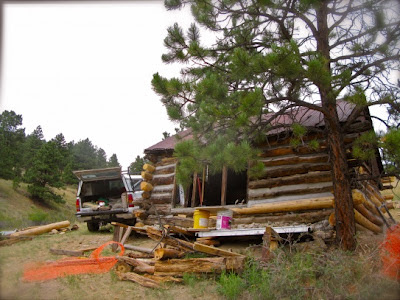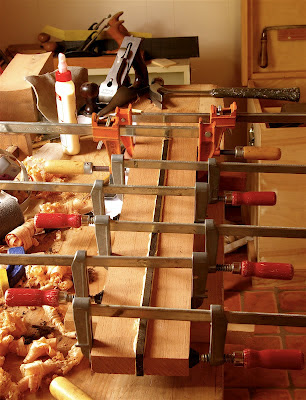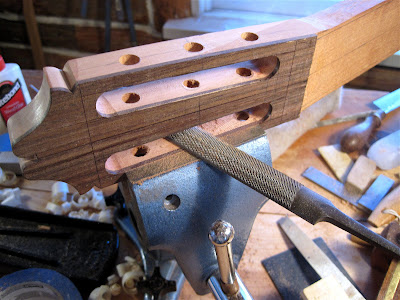Posts
Showing posts from August, 2012
The Ten String Classic Guitar-My Latest Obsession, Part 3
- Get link
- X
- Other Apps
Shaping the 19th Fret - The One That Splits the Guitar's Sound Hole
- Get link
- X
- Other Apps
Bluebird Mine, Boulder County, Colorado
- Get link
- X
- Other Apps






